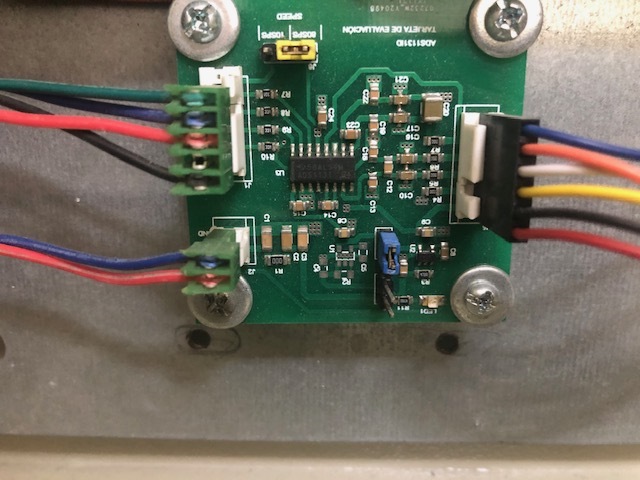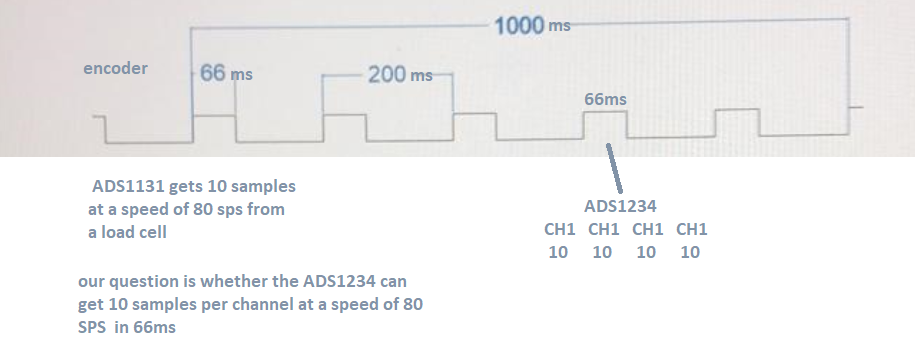Other Parts Discussed in Thread: SN74LVC125A, ADS1234, ADS1120, ADS1220, ADS114S08, ADS124S08
Hello everyone, I have a design of an application with an ads1131 that is used with a load cell on a Weighing scale, I would like to extend that application and connect 4 load cells to 4 Weighing scales, because the ads1131 does not have a daisy chain or pin select , I am looking for a solution. the first would be to put 4 ads1131 in parallel to a spi, the second would be to redesign the card with a similar adc like a ads1131 with daisy chain (which I recommend).
thanks in advanced.



